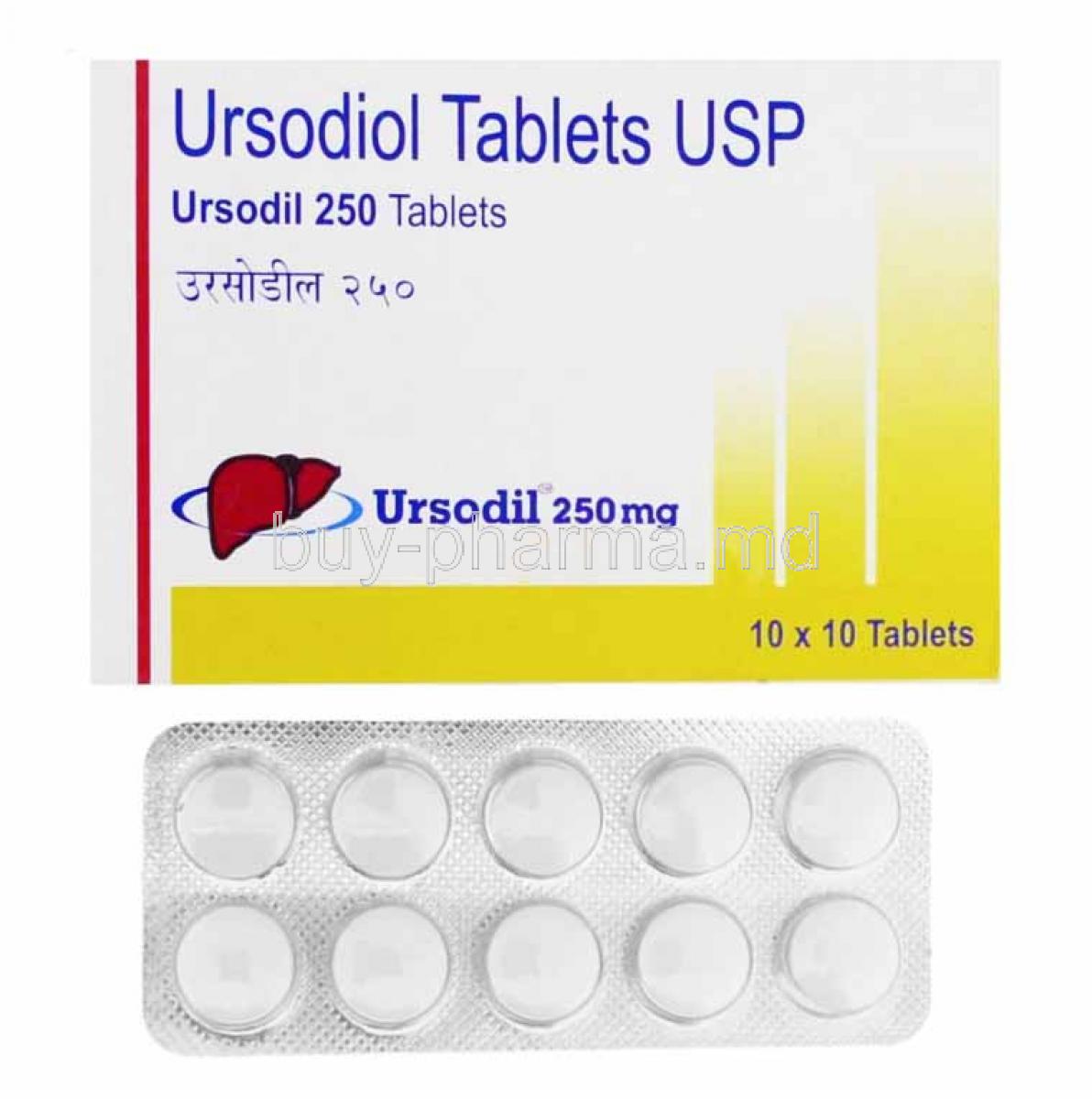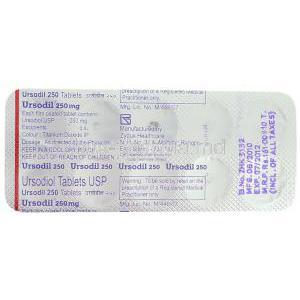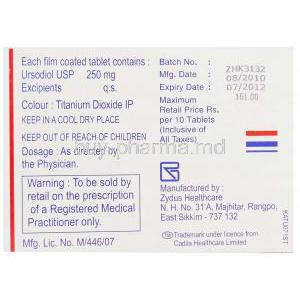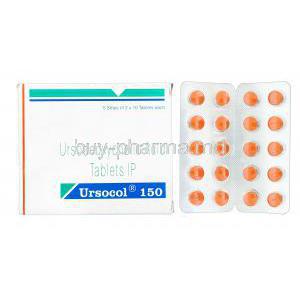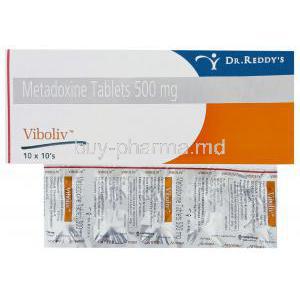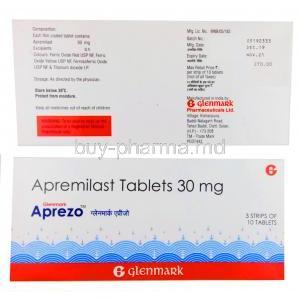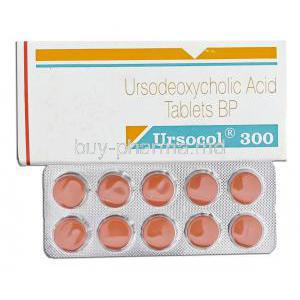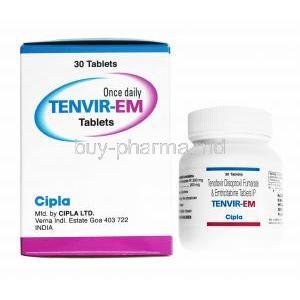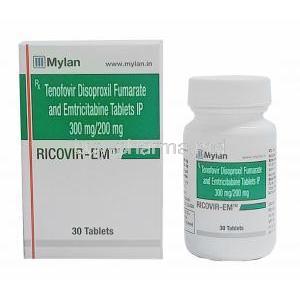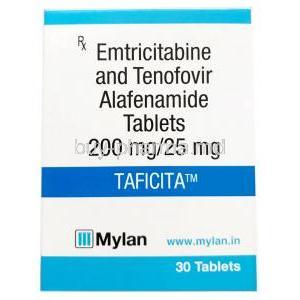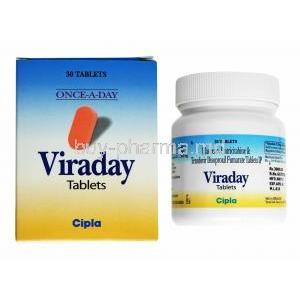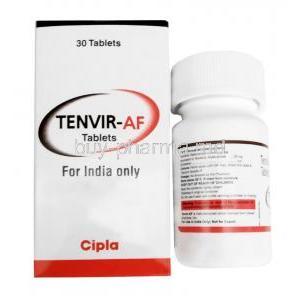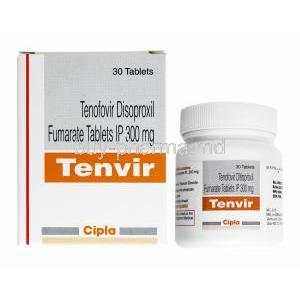1. Introduction to Ursodil (Chenodeoxycholic Acid)
1.1 Overview and Classification as a Bile Acid
Ursodil, containing the active compound chenodeoxycholic acid, is a naturally occurring bile acid that plays a vital role in the digestion and absorption of dietary fats. Classified as a therapeutic bile acid, it is primarily utilized in the medical dissolution of certain cholesterol-based gallstones and in managing chronic cholestatic liver disorders.
1.2 Historical Background and Development in Clinical Medicine
First isolated from human bile in the mid-20th century, chenodeoxycholic acid quickly became a subject of pharmaceutical interest due to its ability to modulate bile composition. By the 1970s, it was formulated into oral medications, revolutionizing non-surgical treatment options for gallstones and offering a valuable alternative for patients unsuitable for surgery.
1.3 Regulatory Approvals and Global Brand Names
Approved by multiple regulatory agencies worldwide, including the FDA and EMA, Ursodil is marketed under various trade names. These include Chenodal, Chenofalk, and other regional variants, ensuring broad global accessibility for patients in need of bile acid therapy.
2. Pharmacological Profile and Mechanism of Action
2.1 Chemical Structure and Physicochemical Properties
Chenodeoxycholic acid is a dihydroxy bile acid derived from cholesterol, with a steroid nucleus and side chain that confer amphipathic characteristics. Its molecular configuration enables the emulsification of cholesterol within bile.
2.2 Role in Bile Acid Metabolism and Cholesterol Solubilization
This compound alters the ratio of bile acids to cholesterol in bile, enhancing the solubility of cholesterol and preventing precipitation into gallstones. It replaces more hydrophobic bile acids, thus reducing mucosal irritation and bile lithogenicity.
2.3 Cellular and Molecular Mechanism in Dissolving Gallstones
By integrating into the bile acid pool, chenodeoxycholic acid decreases cholesterol saturation and promotes the gradual dissolution of cholesterol-based gallstones over weeks to months.
2.4 Effects on Bile Flow and Hepatocellular Protection
Beyond gallstone dissolution, it stimulates bile secretion, alleviating cholestasis and reducing hepatocyte injury caused by retained bile acids.
2.5 Pharmacokinetics – Absorption, Distribution, Metabolism, and Excretion
After oral administration, chenodeoxycholic acid is absorbed in the small intestine, enters the enterohepatic circulation, and is predominantly metabolized in the liver. Elimination occurs mainly via fecal excretion of metabolized bile acids.
3. Medical Uses – Approved Indications
3.1 Dissolution of Radiolucent Cholesterol Gallstones
Indicated for non-calcified gallstones in patients with functioning gallbladders, offering a non-invasive treatment alternative to cholecystectomy.
3.2 Treatment of Primary Biliary Cholangitis (PBC)
Utilized to improve bile flow and delay disease progression in PBC, reducing biochemical markers of cholestasis.
3.3 Management of Cholesterol Gallstone Recurrence Prevention
Prescribed post-treatment to prevent reformation of gallstones in susceptible individuals.
3.4 Therapy for Bile Flow Disorders in Hepatobiliary Disease
Supports hepatic function in certain forms of chronic cholestatic liver disease, improving patient outcomes and quality of life.
4. Off-Label and Investigational Uses
4.1 Intrahepatic Cholestasis of Pregnancy (ICP)
Used to alleviate maternal symptoms and reduce bile acid levels, potentially lowering fetal risks.
4.2 Cystic Fibrosis–Related Cholestasis
Helps mitigate bile stasis in cystic fibrosis patients with hepatobiliary complications.
4.3 Pediatric Cholestatic Liver Disorders
Investigated for improving cholestasis in pediatric metabolic or structural liver diseases.
4.4 Prevention of Gallstone Formation After Bariatric Surgery
Administered postoperatively to reduce gallstone incidence due to rapid weight loss.
4.5 Potential Role in Certain Metabolic Liver Diseases
Emerging studies explore its application in rare bile acid synthesis defects and related disorders.
5. Dosage and Administration Guidelines
5.1 Recommended Dosage for Gallstone Dissolution
Typically 13–15 mg/kg/day in divided doses, tailored to patient response and tolerance.
5.2 Dosage for Primary Biliary Cholangitis
Often 13–15 mg/kg/day, adjusted based on biochemical response and symptom improvement.
5.3 Pediatric Dosing Considerations
Dosing is weight-based, with careful monitoring for gastrointestinal side effects.
5.4 Administration With or Without Food
Best taken with meals to enhance absorption and minimize gastrointestinal discomfort.
5.5 Duration of Therapy and Expected Treatment Timelines
Gallstone dissolution may require 6–24 months; long-term therapy may be necessary for chronic liver diseases.
6. Composition and Available Formulations
6.1 Active Ingredient – Chenodeoxycholic Acid Content per Dosage Form
Available in standardized doses, commonly 250 mg or 500 mg per capsule or tablet.
6.2 Inactive Ingredients and Excipients
May contain fillers, binders, and stabilizers, such as lactose, magnesium stearate, and silica.
6.3 Tablet, Capsule, and Liquid Formulations
Oral capsules are most common; liquid suspensions are available for pediatric use.
6.4 Pharmaceutical Manufacturers and Brand Variations
Produced by multiple manufacturers under varied brand names, ensuring accessibility in diverse markets.
7. Side Effects and Safety Profile
7.1 Overview of Adverse Event Reporting
Adverse events are generally mild to moderate, with gastrointestinal symptoms being the most frequent.
7.2 Common Side Effects
- Diarrhea
- Abdominal discomfort
- Nausea and vomiting
7.3 Less Common Side Effects
Include constipation, headache, skin rash, and dizziness.
7.4 Rare but Serious Adverse Reactions
Severe hepatotoxicity, pronounced diarrhea leading to dehydration, and hypersensitivity reactions may occur and require immediate discontinuation.
8. Drug Interactions
8.1 Interaction with Cholesterol-Lowering Agents (e.g., Fibrates)
Concurrent use may alter bile composition and affect treatment efficacy.
8.2 Impact of Bile Acid Sequestrants on Absorption
Cholestyramine and similar agents reduce absorption; separate administration by several hours is recommended.
8.3 Interactions with Hormonal Contraceptives and Estrogens
Estrogen-containing therapies may increase cholesterol saturation in bile, counteracting Ursodil’s effects.
8.4 Alcohol Consumption and Liver Health Considerations
Alcohol may exacerbate liver injury risk; moderation or avoidance is advised during therapy.
9. Warnings and Precautions
9.1 Risk of Hepatotoxicity and Need for Liver Function Monitoring
Periodic liver enzyme testing is essential to detect early hepatocellular injury.
9.2 Not Effective for Calcified or Radiopaque Gallstones
Radiological assessment is recommended before initiation to confirm gallstone composition.
9.3 Caution in Patients with Chronic Liver Disease Progression
Advanced hepatic impairment may alter drug metabolism and increase adverse event risk.
9.4 Discontinuation Criteria in Case of Adverse Events
Severe diarrhea, unexplained jaundice, or hypersensitivity reactions necessitate immediate cessation and medical evaluation.
10. Contraindications
10.1 Known Hypersensitivity to Chenodeoxycholic Acid
Patients with a documented hypersensitivity or allergic reaction to chenodeoxycholic acid or any excipients in the formulation must avoid its use. Hypersensitivity reactions can range from mild dermatologic manifestations to severe anaphylactic responses, necessitating immediate discontinuation of therapy.
10.2 Complete Biliary Obstruction
This medication is contraindicated in individuals with complete biliary obstruction, as it relies on functional bile flow for its therapeutic effect. In such cases, administration may worsen cholestasis and lead to severe hepatic injury.
10.3 Presence of Calcified Gallstones or Pigment Stones
Ursodil is ineffective against calcified or pigment gallstones, as its mechanism targets cholesterol-rich stones. Pre-treatment imaging should confirm gallstone composition before therapy initiation.
10.4 Advanced Liver Failure
Patients with advanced hepatic failure or decompensated cirrhosis should not receive this medication due to impaired drug metabolism, heightened toxicity risk, and potential exacerbation of hepatic decompensation.
11. Special Administration Precautions
11.1 Careful Administration in Patients with Gastrointestinal Disorders
In individuals with pre-existing gastrointestinal diseases such as inflammatory bowel disease or chronic diarrhea, chenodeoxycholic acid should be administered with caution. The medication may exacerbate stool frequency or abdominal discomfort in susceptible patients.
11.2 Monitoring in Those with Hepatic Impairment
For patients with hepatic impairment, regular monitoring of liver function tests is essential. Dose adjustments or therapy interruption may be required if biochemical markers indicate hepatic deterioration.
11.3 Adjustments in Renal Impairment Cases
Although primarily metabolized in the liver, renal excretion of metabolites occurs. In severe renal impairment, dose adjustments should be considered, and patients should be monitored for any unusual adverse reactions.
12. Use in Special Populations
12.1 Administration to Elderly Patients – Pharmacokinetic Changes, Dose Adjustments
Elderly patients may exhibit altered pharmacokinetics due to reduced hepatic and renal function. Initiation with lower doses and gradual titration is advisable, with vigilant monitoring for both efficacy and adverse effects.
12.2 Use in Pregnant Women – Safety Data and Risk–Benefit Evaluation
Data on chenodeoxycholic acid use during pregnancy are limited. The medication should only be prescribed if the potential benefits clearly outweigh possible risks to the fetus, especially in conditions like intrahepatic cholestasis of pregnancy where maternal benefit is substantial.
12.3 Use in Nursing Mothers – Excretion in Breast Milk and Infant Safety
Chenodeoxycholic acid may be excreted in small amounts in breast milk. Although the clinical impact on nursing infants is not well-defined, caution is recommended, and alternative feeding arrangements should be considered in high-dose therapy.
12.4 Pediatric Administration – Efficacy and Safety Evidence
In pediatric patients, the use of chenodeoxycholic acid is generally reserved for specific cholestatic liver disorders. Dosing is weight-based, and long-term safety data are limited, necessitating specialist supervision and close monitoring.
13. Overdosage Management
13.1 Signs and Symptoms of Overdose
Overdose may present with pronounced diarrhea, abdominal pain, electrolyte disturbances, and potential worsening of liver function. In severe cases, dehydration and metabolic imbalances can develop rapidly.
13.2 Immediate Supportive Measures
Initial management involves discontinuation of the drug, oral or intravenous rehydration, and correction of electrolyte imbalances. Symptomatic relief for gastrointestinal discomfort should be provided.
13.3 Hospitalization and Monitoring Requirements
Severe overdose cases may require hospital admission for close monitoring of liver and renal function, fluid status, and cardiovascular stability. Intensive care support may be necessary in rare, life-threatening events.
14. Storage and Handling Precautions
14.1 Recommended Storage Conditions (Temperature, Humidity)
Store at controlled room temperature, typically between 20°C and 25°C (68°F–77°F), away from excessive humidity and direct sunlight. Avoid storage in bathrooms or other damp areas.
14.2 Shelf Life and Stability
The shelf life is generally 24–36 months from the date of manufacture. Always check the expiration date before use, as degraded products may have reduced efficacy.
14.3 Safe Handling to Prevent Contamination
Handle capsules or tablets with clean, dry hands to prevent contamination. Do not split or crush dosage forms unless instructed by a healthcare provider.
14.4 Disposal Guidelines for Expired Medication
Dispose of unused or expired medication in accordance with local pharmaceutical waste regulations. Do not flush down toilets or sinks unless explicitly permitted by environmental guidelines.

